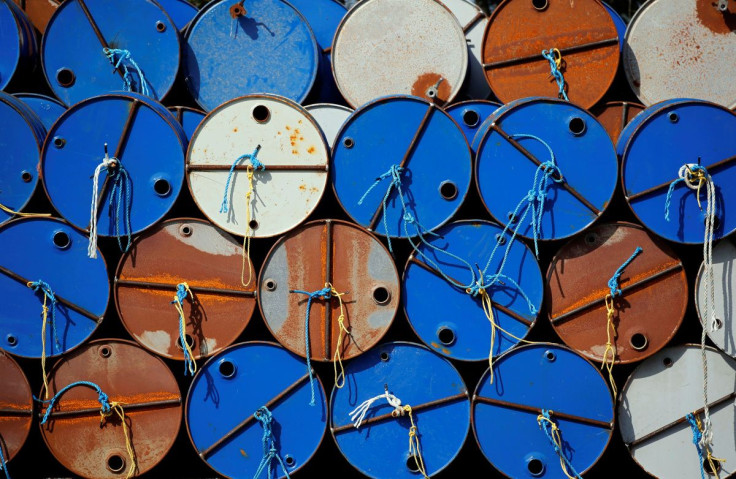Oil Up For Fourth Day, Supply Fears Outweigh China Lockdowns

Oil prices rose for a fourth day on Friday as fears over Russian supply disruption outweighed the impact of COVID-19 lockdowns in China, the world's biggest crude importer.
Brent crude futures rose $1.99, or 1.9%, to $109.58 a barrel by 1:04 p.m. EDT (1704 GMT), after gaining 2.1% in the previous session. The front-month June contract expires on Friday. The more active July contract rose by $1.67 to $108.93.
U.S. West Texas Intermediate crude rose rose $1.40, or 1.3%, to $106.76 a barrel, after advancing by 3.3% on Thursday.
Brent and WTI are set to finish up for the week. For the month, Brent should finish up 1.5% and WTI up 6.4%. It would be their fifth straight monthly increases, and prices have been buoyed by the increased likelihood that Germany will join other European Union member states in an embargo on Russian oil.
In fuel prices, U.S. heating oil futures, a proxy for diesel prices, climbed to $5.65 per gallon during the session, an all-time record. On Wednesday, Russia cut gas supplies to Bulgaria and Poland.
"There are rising concerns about the conflict disrupting more supply," said Phil Flynn, an analyst at Price Futures Group. "The market is getting prepared for the possibility that we're going to see more supply cut off going into the weekend."
Russian oil production could fall by as much as 17% this year, an economy ministry document seen by Reuters showed on Wednesday, as Western sanctions over Russia's invasion of Ukraine hurt investments and exports.
Sanctions have also made it harder for Russian ships to send oil to customers, prompting Exxon Mobil Corp to declare force majeure for its Sakhalin-1 operations and curtail output.
The oil and gas rig count, an indicator of future supply, showed that U.S. oil rigs rose by three to 552 this week, their highest since April 2020, and were up 21 in April, its 20th consecutive monthly increase.
The Organization of the Petroleum Exporting Countries and allies are likely to stick to their existing deal and agree another small output increase for June when it meets on May 5, six sources from the producer group told Reuters on Thursday.
Oil prices have remained volatile with China showing no signs of easing lockdown measures which have hit its economy and global supply chains.
"With both full and partial lockdowns ramping up since March, China's economic indicators have plunged further into the red. We now expect China's GDP to slow further in Q2," Wood Mackenzie's head of APAC economics, Yanting Zhou, said in a note.
Crude's rally could stall and prices average at just below $100 a barrel this year, a Reuters poll found on Friday, as economic risks and China's COVID lockdowns counter supply shortfalls due to the Ukraine war.
© Copyright Thomson Reuters 2024. All rights reserved.





















